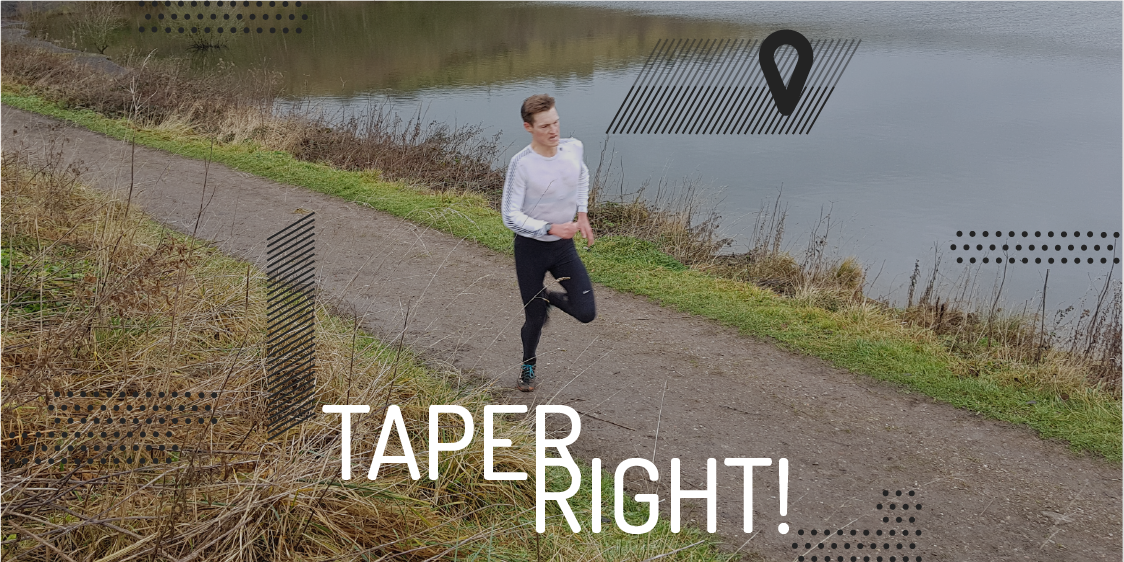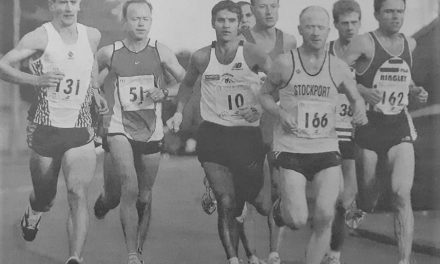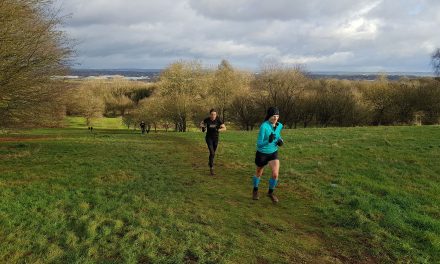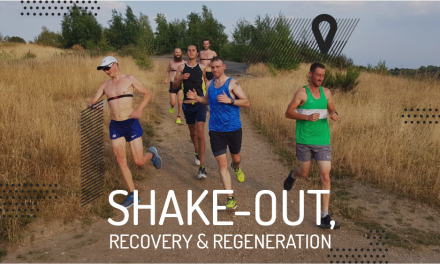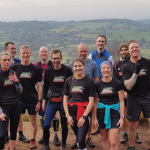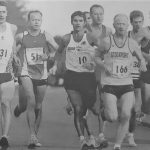Tapering is the final phase of ‘peaking’ for a major goal race or for a competition period involving two or more important races in quick succession. Tapering involves reducing your overall training load for a short period before the race to allow your body to recover fully from peak training fatigue, and enable super-compensation for maximum performance before de-training starts to take effect.
Studies suggest improvements time-wise as a result of a well-designed taper can be in the range of 1% to 6% with the better results more likely on longer events. A 1% improvement in a 4 minute mile is nearly 2 seconds so may be absolutely critical in terms of a race result at that level, and in a 3 hour marathon 6% is more than 10 minutes, certainly enough to impact on whether you achieve your target time or not. So getting your taper right after you have put in possibly years of effort to get to the race is one of the most critical single components of your preparation.
As long as you are not over-trained going into it, tapering usually requires about 7 to 10 days for full effect and should involve an immediate reduction of up to 50% in the quantity of low intensity and non-specific training, and a progressive reduction in the quantity of high intensity training whilst maintaining its quality. It is also important to keep the same training pattern and frequency going.
You can often tell someone has over-trained and under-tapered by the fact that they start running really well a couple of weeks after their goal race.
The super-compensation also works best if the taper is preceded by a short block (2-3 weeks) of the hardest training in your programme. Ideally this should follow a 6 to 8 week progressive build-up of training from base training levels. If your training has been particularly arduous for a longer period (not recommended by me) it is essential that you use a longer taper. You can often tell someone has over-trained and under-tapered by the fact that they start running really well a couple of weeks after their goal race.
Youngsters under the age of 16 should not really be training that intensively in the first place but can usually cope with a shorter taper of 2 to 3 days. Conversely masters’ athletes often benefit from a longer taper of 10 days or more because the reduction in fatigue takes longer.
It is also important to take your individual physiology into account. A strong indication of this will be given by your previous experience of tapering for races. This is one of the reasons it is so important to keep a detailed training diary. With the experience of a consistent approach to training you should be able to get the timing and the effort just right.
If doing 2 races of equal priority just a couple of weeks apart the best approach to maintain form is to continue with the reduced load taper training between races. However if the gap is more than 3 weeks the training volume needs to be built back up as soon as possible after first race and then reduced again in another taper. This should not be done more than once or twice in a season or de-training is likely to have an increasing impact, so the decision as to which races need the full taper is important to your planning.
In terms of maintaining quality but increasing recovery during the taper period it will also usually help if you reduce the overall loading of your high intensity sessions by splitting interval sessions into sets and allow for longer recovery times on repetitions for example. Continuous aerobic threshold or tempo runs should also be reduced by up to 50% during the taper phase.
Some athletes may think they will benefit from a further increase in session quality during the taper but from experience I have found that if it is not carefully controlled, athletes may actually leave their best performance in those final training sessions. There is also the increased risk of injury so on balance taking full advantage of the extra recovery is usually best.
…avoid strenuous non-running training such as weight training or circuits which might cause muscle soreness and reduce the rate of recovery.
Training during the taper should be specific to your target event i.e. no swimming, cycling or yoga etc, and avoid strenuous non-running training such as weight training or circuits which might cause muscle soreness and reduce the rate of recovery. As mentioned earlier the pattern of training should be similar to normal but if possible a little extra sleep and general rest will usually help.
Because the overall training load is significantly lower you may need to reduce the overall number of calories slightly during the taper period to avoid gaining weight. If you are preparing for an event over 90 minutes in duration it is also important to shift towards more carbohydrates and less fatty foods in the last 3 or 4 days to make sure that your glycogen stores are fully stocked.
At the very final stages of a taper, the day before a race and the morning of the race are also extremely important. Many runners will benefit from taking a day off completely 2 days before and then doing a short easy run the day before race day with a few short race pace efforts (strides) to prime the legs and cardio-vascular system. Under no circumstances is a long walk around a city centre or a local beauty spot a good idea before any race for serious runners! On the morning of a race a very short morning ‘shake-out’ run of 15-20 minutes before breakfast if you have time nearly always helps too.
The biggest concern for most runners, except the most experienced who have seen the benefits for themselves, is that they are going to lose fitness during a taper. I can promise you that if you really have trained hard enough over weeks and months for your desired performance level a good taper will always result in a better performance than no taper unless you pick an accidental injury or a virus.
I hope this article gives a useful general guide to tapering. More detailed information and examples will be included in future articles about training for specific event types.
If you have a question or need additional advice, or you want to give me feedback on how this advice worked (or didn’t) work for you, please don’t hesitate to contact me
All content in this article copyright of High Performance Runner 2019
